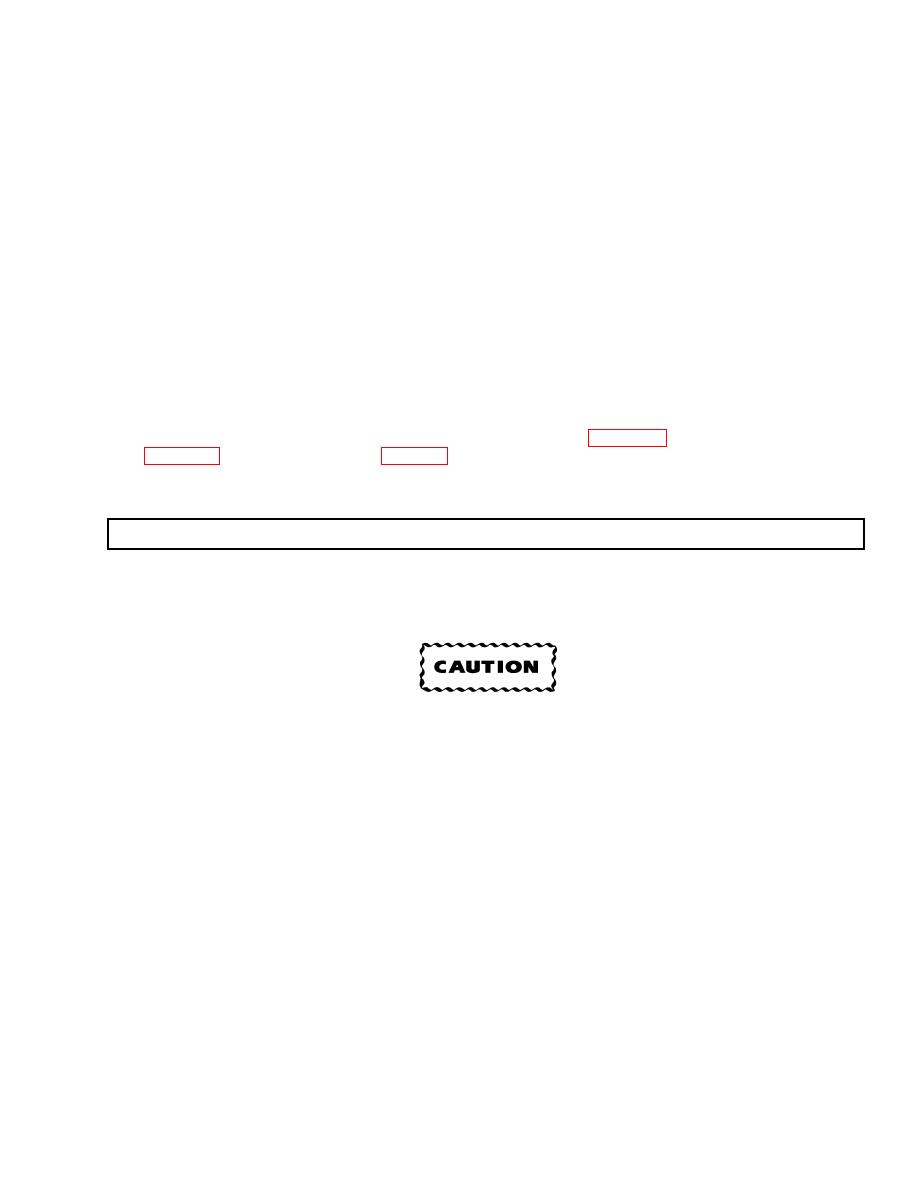
TM 5-2420-230-10
b. Bolts, Nuts, and Screws. Check bolts, nuts, and screws for obvious looseness or missing, bent, or broken condition.
Look for chipped paint, bare metal, or rust around boltheads. If any part seems loose, tighten it, or report it to Unit
maintenance.
c. Welds. Look for loose or chipped paint, rust, or gaps where parts are welded together. If a bad weld is found, report it
to Unit maintenance.
d. Electric Wires and Connectors. Look for cracked or broken insulation, bare wires, and loose or broken
connectors. Tighten loose connectors and ensure wires are in good shape. If a bad wire or connector is found, report it to
Unit maintenance.
e. Hydraulic Lines and Fittings. Look for wear, damage, and leaks, and ensure clamps and fittings are tight. Wet spots
show leaks, and a stain around a fitting or connector can mean a leak. If a leak comes from a loose fitting or connector,
tighten it. If something is broken or worn out, report it to Unit maintenance.
f. Damage. Damage is defined as any conditions that affect safety or would render the vehicle unserviceable for mission
requirements.
g. Lubrication.When performing lubricating tasks, have clean rags (Item 8, Appendix D), a clean grease gun (Item 7,
3-5. FLUID LEAKAGE.
It is necessary to know how fluid leakage affects the status of fuel, oil, coolant, and the hydraulic systems. The following are
definitions of the different types/classes of leakage that determine the status of the vehicle. Learn them, then be familiar with
them. REMEMBER WHEN IN DOUBT, NOTIFY THE SUPERVISOR!
Equipment operation is allowable with minor leakage (Class I or II). Consideration must be given to
the fluid capacity in the item/system being checked/inspected. When in doubt, notify the supervisor.
When operating with Class I or II leaks, continue to check fluid levels as required in the PMCS.
Class III leaks should be reported to the supervisor or to Unit maintenance. Failure to comply may
result in damage to equipment.
a. Class I. Seepage of fluid (as indicated by wetness or discoloration) not great enough to form drops.
b. Class II. Leakage of fluid great enough to form drops but not enough to cause drops to drip from item being checked/
inspected.
c. Class III. Leakage of fluid great enough to form drops that fall from the item being checked/inspected.

